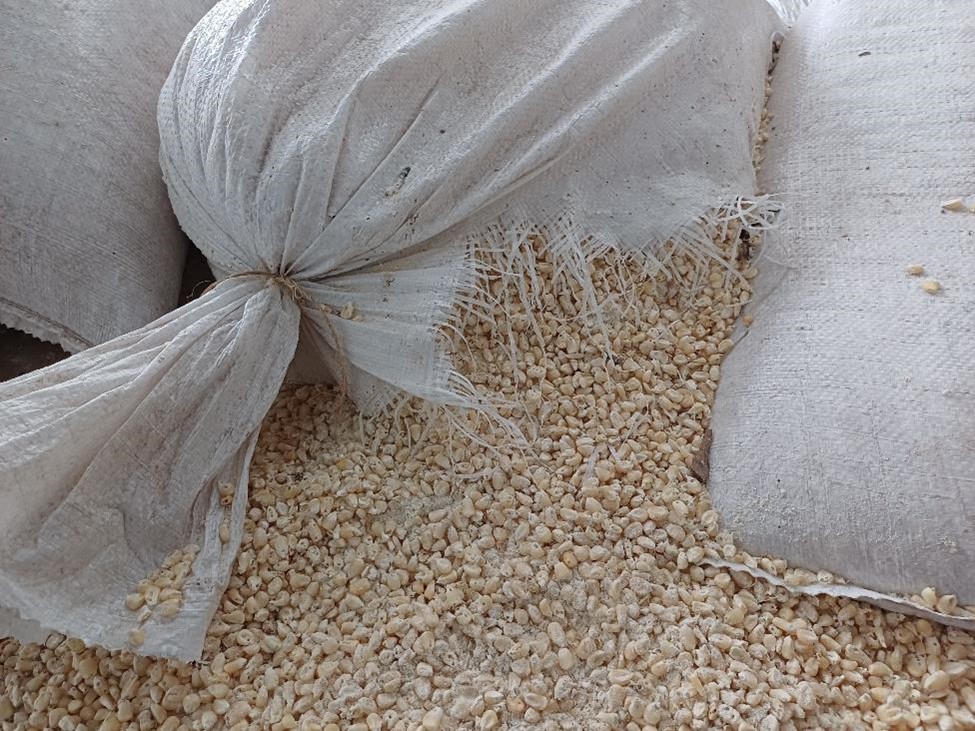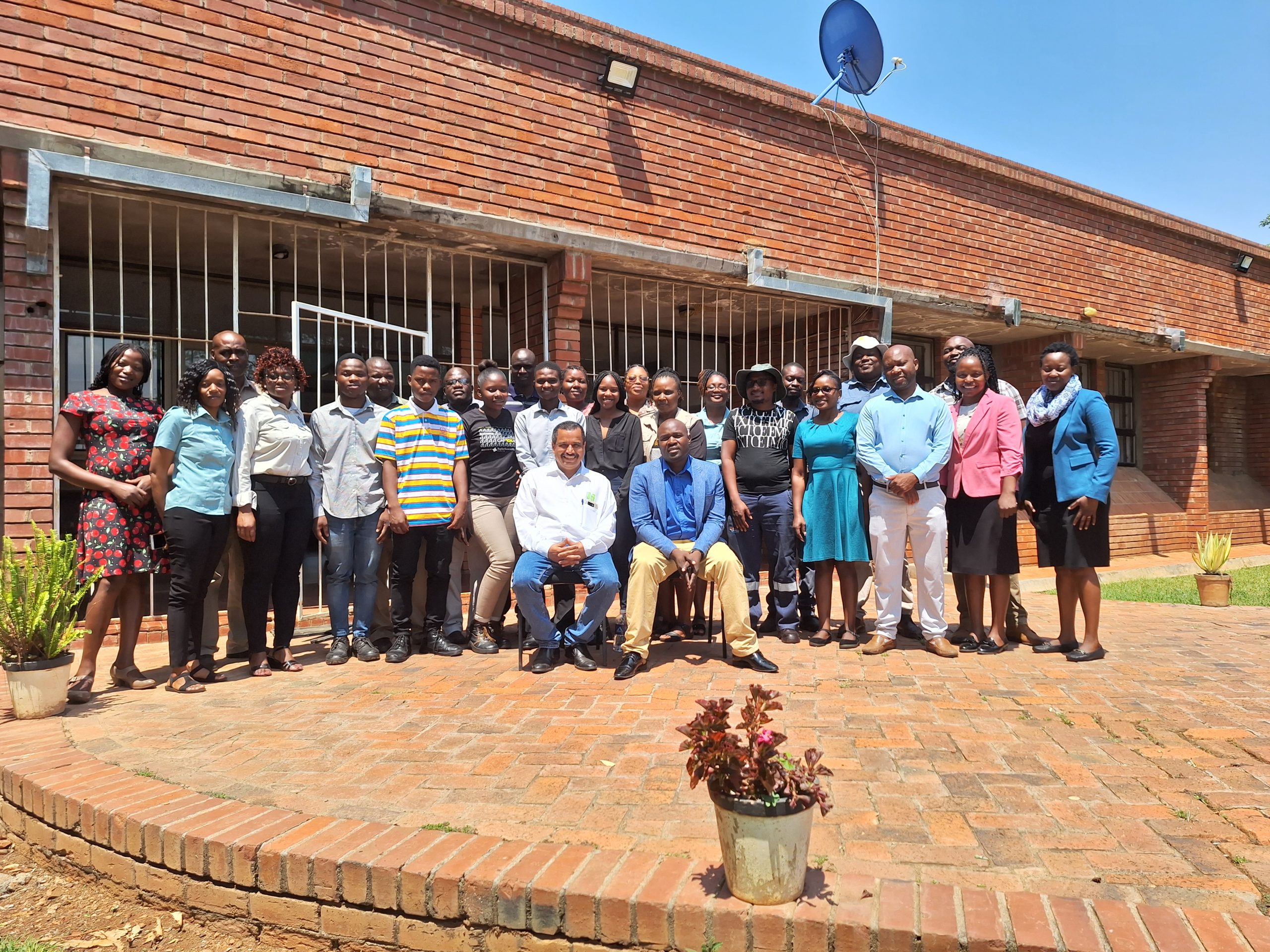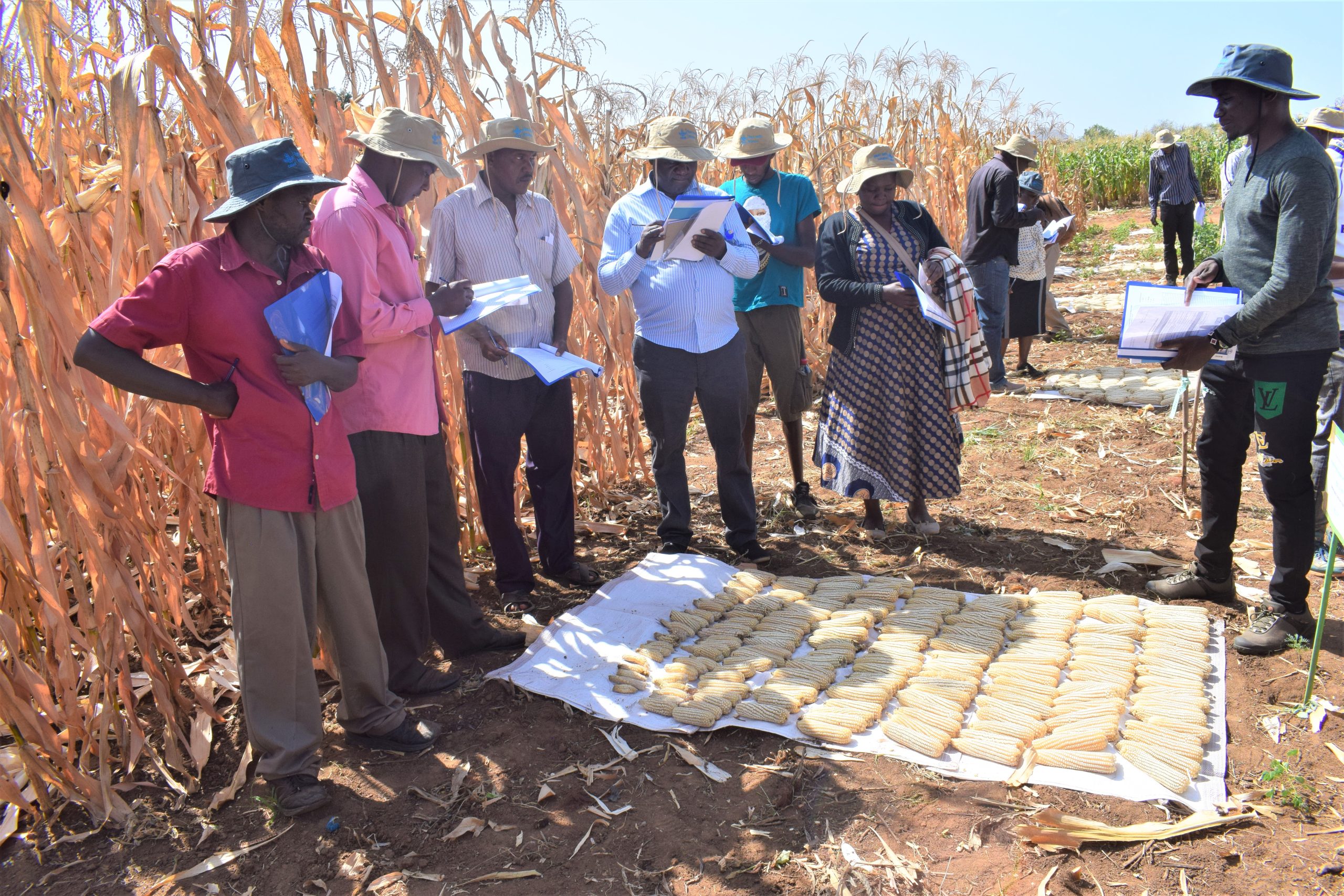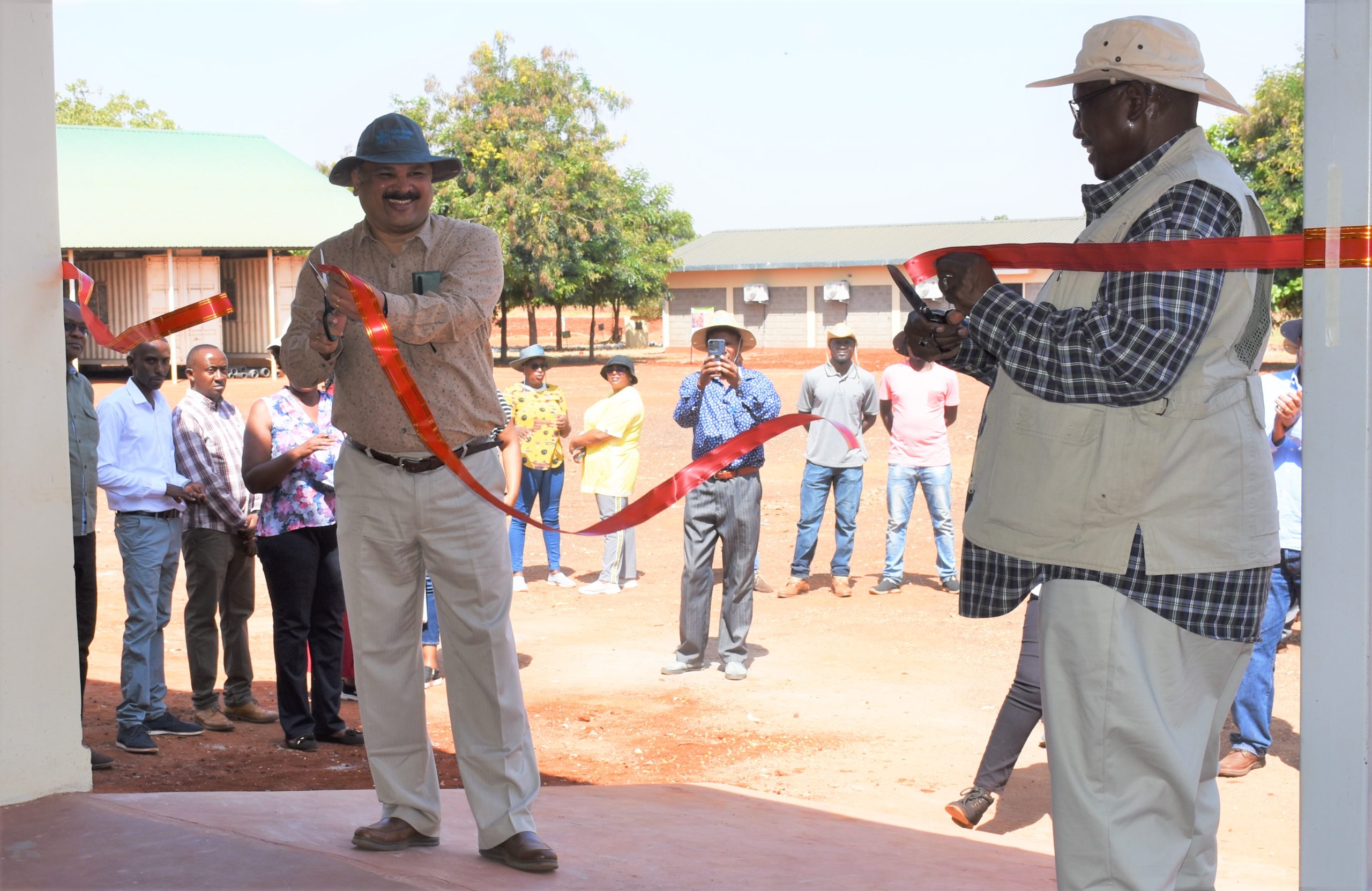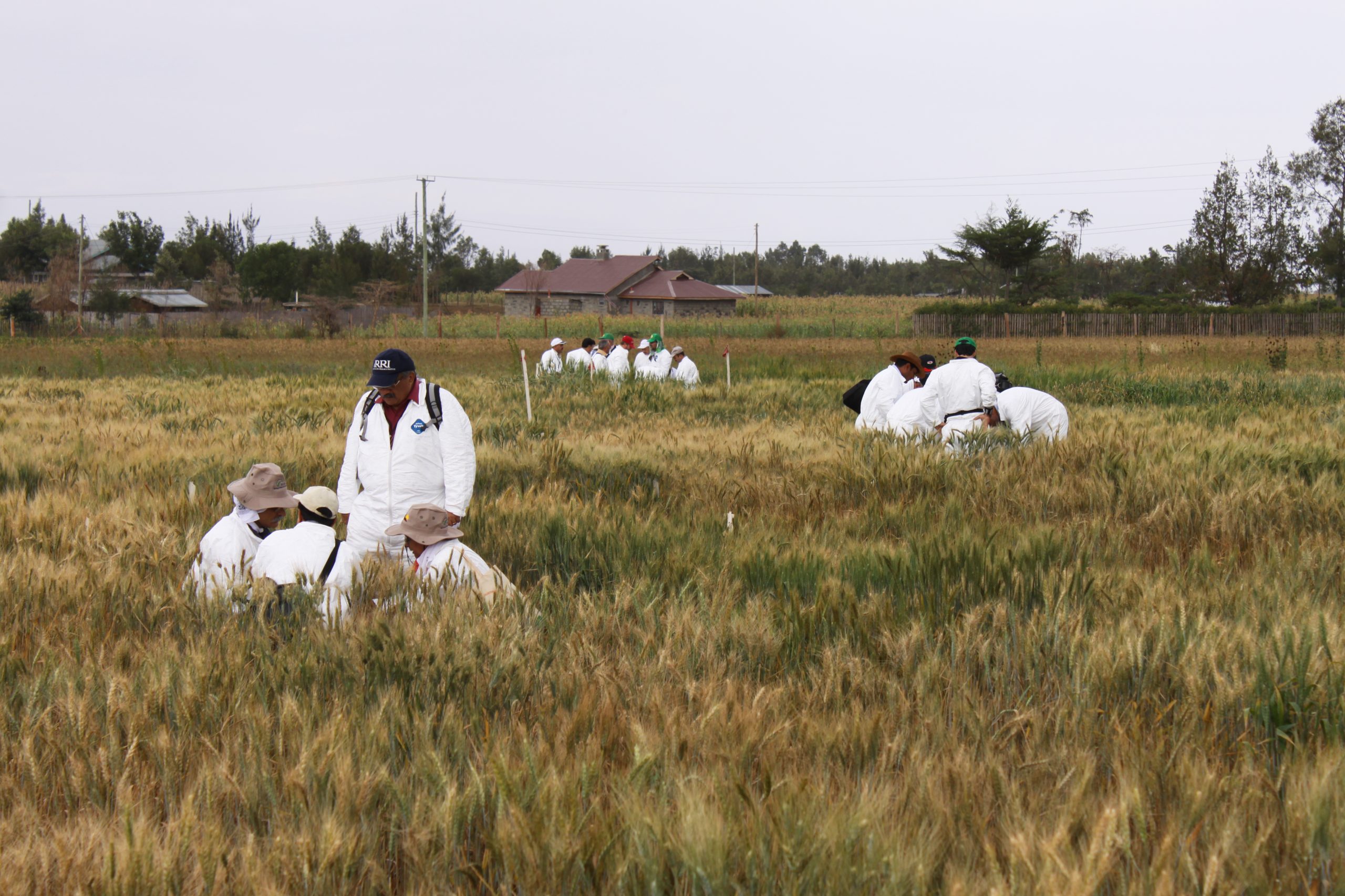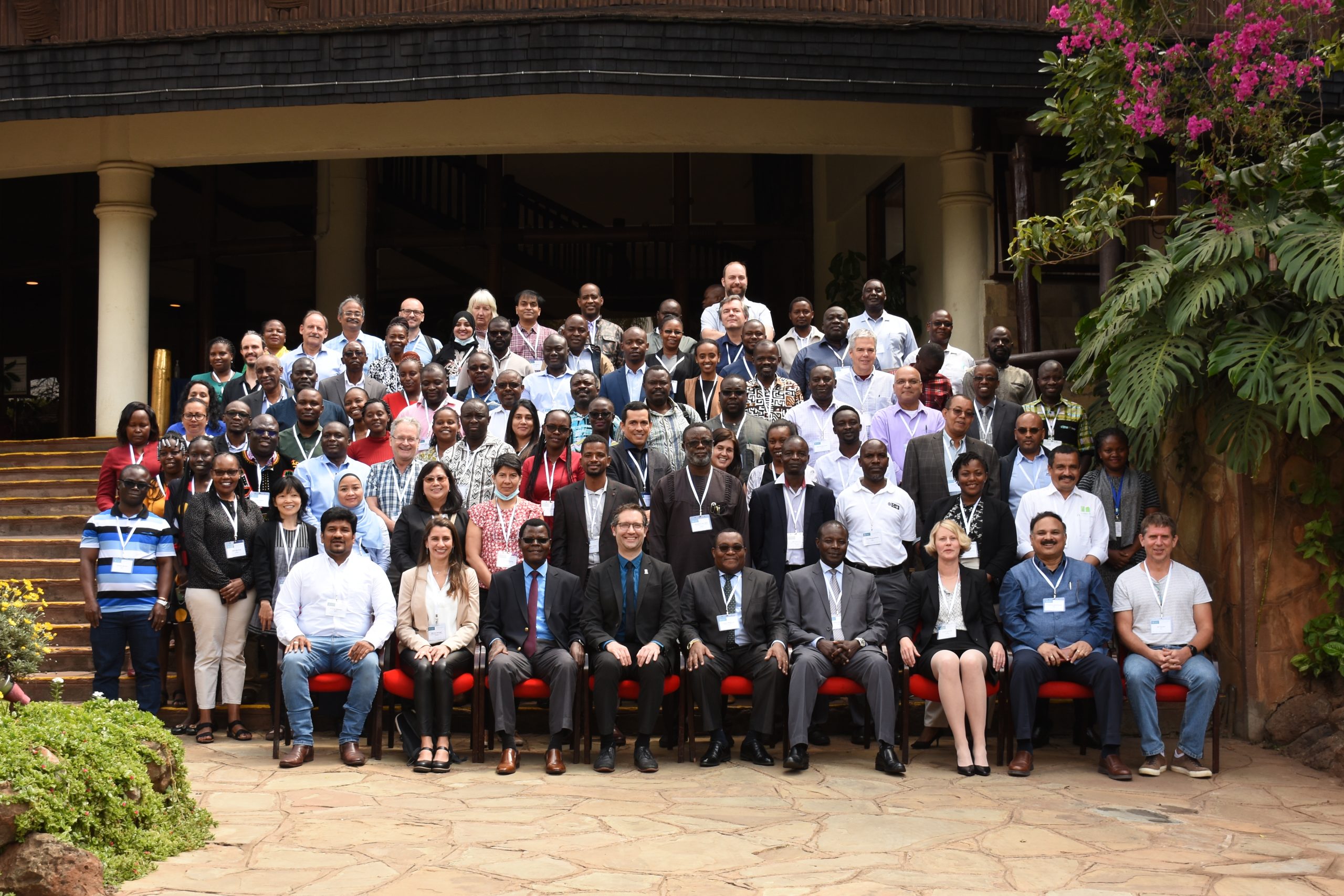Effective plant health management is critical for improving the productivity, profitability, sustainability and resilience of agrifood systems. Yet, farming communities, especially in low- and middle-income countries, struggle to contain existing and emerging plant pests and diseases. Each year, these threats cause on average 10–40% losses to major food crops, costing the global economy around US$220 billion. The highest losses are associated with food-deficit regions with fast-growing populations.
Increasing international trade and travel, coupled with weak phytosanitary systems, are accelerating the global spread of pests and diseases. The situation is exacerbated by climate change, with agricultural intensification and diversification driving the emergence of new threats. These burdens fall disproportionately on poorly resourced communities, especially women and youth in rural areas.
Diagnostic capacity, global-scale surveillance data, risk prediction/forecasting and rapid response and management systems for major pests and diseases are still lacking. Inadequate information and knowledge of and access to climate-smart control options leave smallholders and marginalized communities ill-equipped to respond to biotic threats. Environmental and health effects of toxic pesticides, exposure to mycotoxins and acute unintentional pesticide poisoning are major concerns.
Objective
This Initiative aims to protect agriculture-based economies of low- and middle-income countries in Africa, Asia and Latin America from devastating crop pest incursions and disease outbreaks by developing, validating and deploying inclusive innovations, and by leveraging and building viable networks across an array of national, regional and global institutions.
Activities
This objective will be achieved by:
- Bridging knowledge gaps and networks for plant health threat identification and characterization, focusing on strengthening the diagnostic and surveillance capacity of national plant protection organizations and national agricultural research and extension systems, and facilitating knowledge exchange on pests and diseases.
- Building capability of relevant national stakeholders for risk assessment, and data management and guiding preparedness for rapid response, focusing on controlling the introduction and spread of pests and diseases by developing and enhancing tools, standards and policies.
- Improving integrated pest and disease management, focusing on designing and deploying approaches against prioritized plant health threats in targeted crops and cropping systems.
- Designing and deploying tools and processes for protecting food chains from contamination, specifically, through innovations for reducing mycotoxin contamination to protect health, increase food/feed safety, enhance trade, diversify end-use and boost income.
- Promoting gender-equitable and socially inclusive scaling of plant health innovations to achieve impacts through multistakeholder partnerships, inter-disciplinary research, effective communications and capacity development.
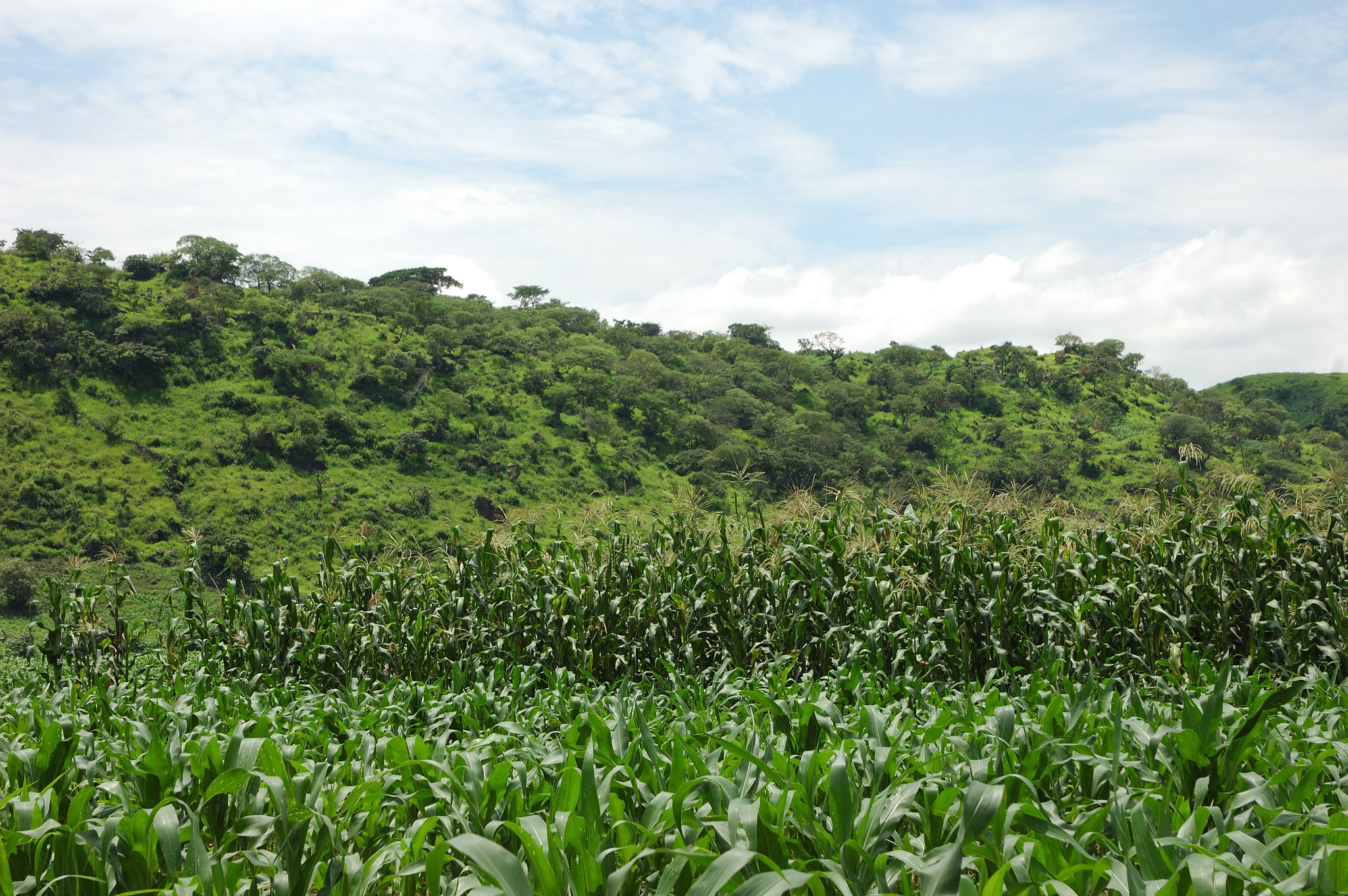
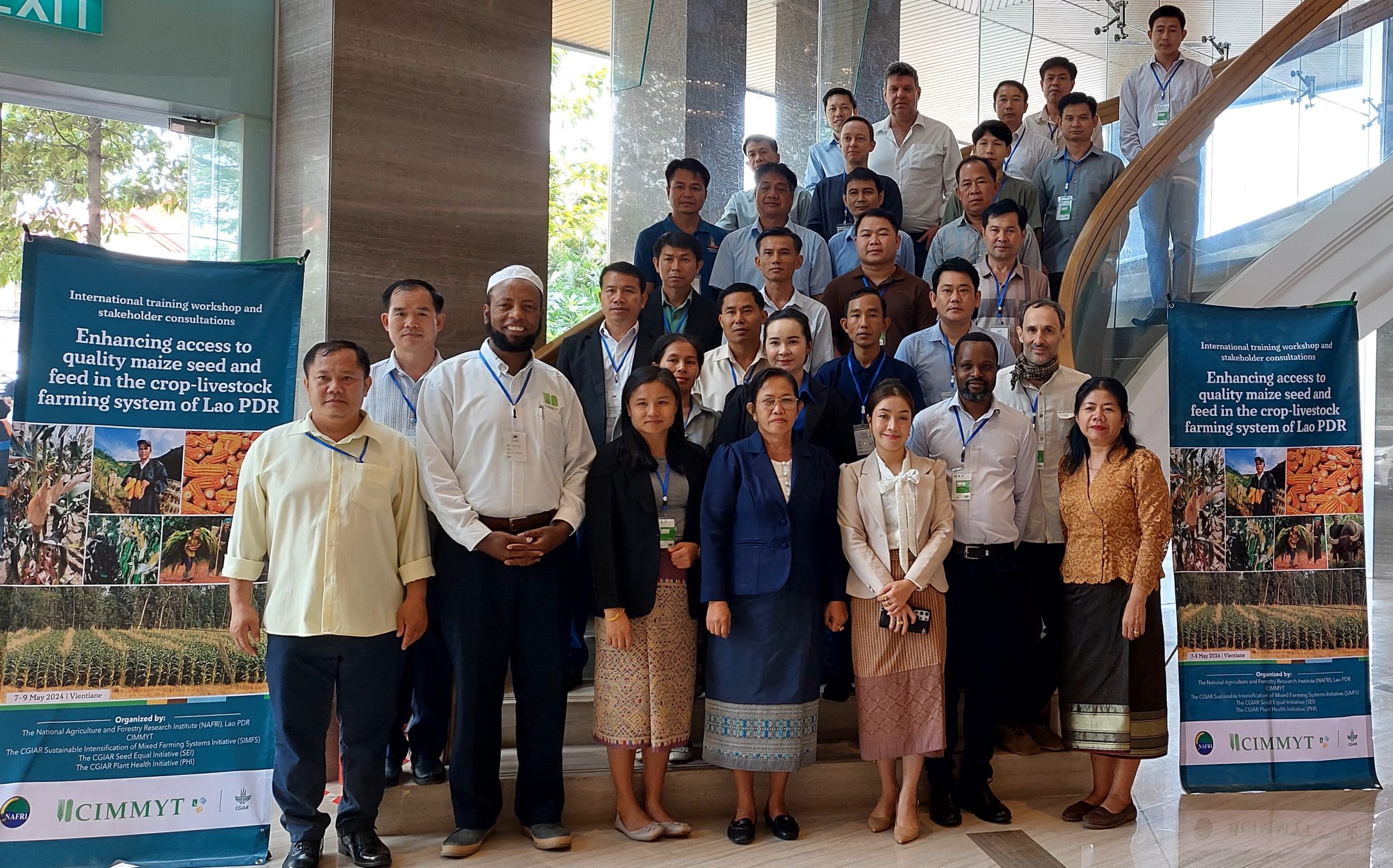
 Capacity development
Capacity development 